Christeen Grant of Sitamani:
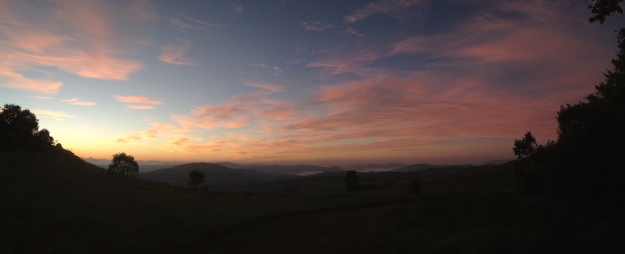
Sunrise, Sunset, the most beautiful and varied skies. Golden grass and sunlit days. Unfortunately the very late summer rain was not enough to replenish the water table, already our well is down to late winter levels.

My most exciting sighting was an unusually dark coloured, juvenile, Puff Adder. At first I thought it might be a Berg Adder, due to its colour and length.
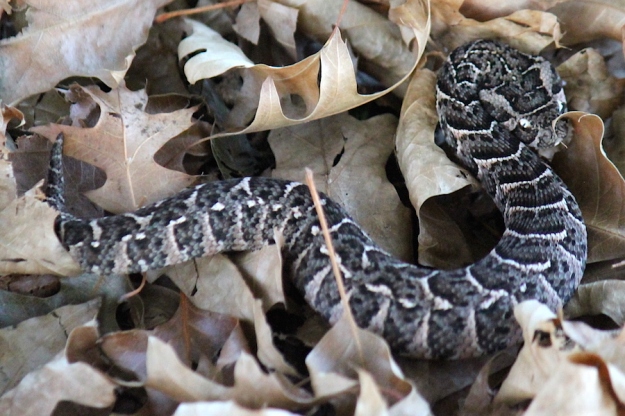
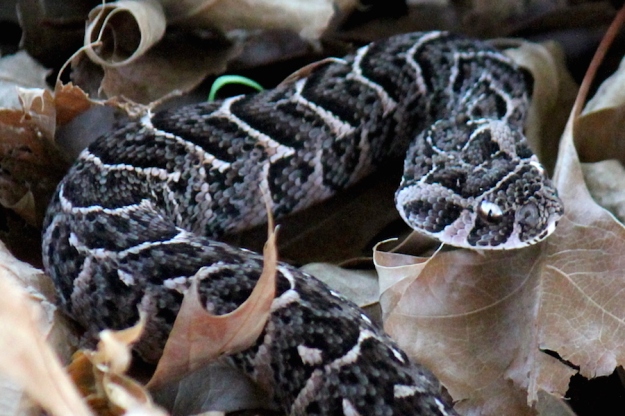
The flower of this season is Leonotis leonurus, bright orange swaths splash the hillsides. Other autumn flowers seen were Alectra sessiliflora, Sutera floribunda and Wahlenbergia appressifolia. What I always think of as thatching grass and is used for that purpose locally, Cymbopogon validus, Giant Turpentine Grass, has responded to the dry season well, and flowering profusely. A Fungi that looks just like a stone caught my eye, Rhizopogon luteolus, Pale Brown False Truffle.
Birds are very active, amongst those seen during April were Buff-streaked Chats sunning on rocks in the early evening; Cape Crows; Dark-capped Bulbuls catching early morning sun on tree tops; the liquid call of Black-headed Orioles in flight; Cape White-eyes; Black-backed Puffbacks; Speckled Pigeons; Amethyst Sunbirds; African Stonechats and an African Harrier-Hawk.
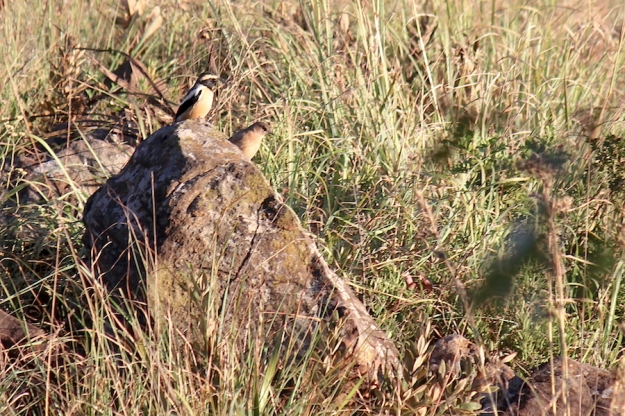
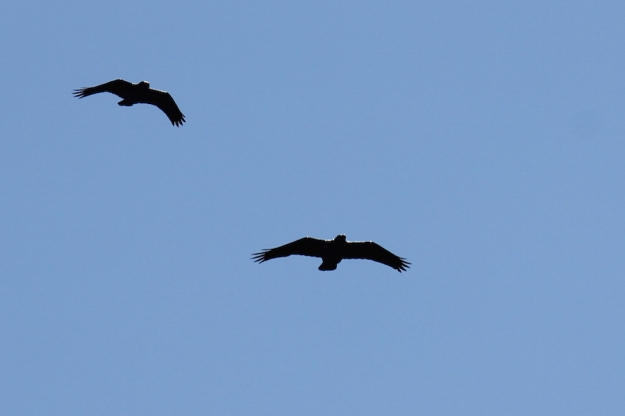
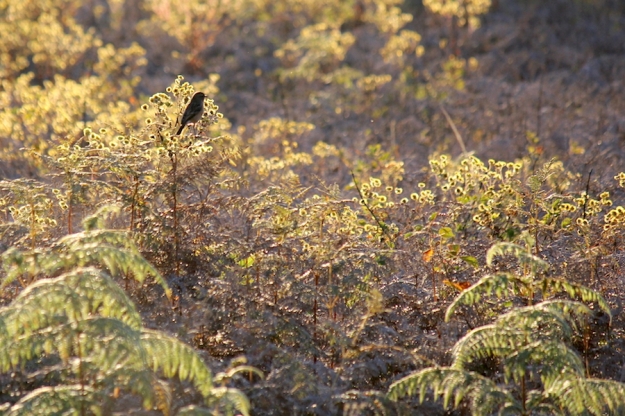

Some interesting insects, a Shield Bug species Aspongopus nubilis; two different flies of the Tababidae Family; a Lunate Ladybird larvae, Cheilomenes lunata; and a Robber Fly, Alcimus tristrigatus eating a Blowfly of the Chrysomya genus. Just one moth, not identified.
Most evenings the Black-backed Jackal yip and call. A Duiker mum and her young one are seen regularly, one early morning the young one frolicked and feint charged his mother. The Dormouse is still around, one morning I woke up to see it watching me with very beady eyes, making chirripy noises. A lovely Serval sat at the side of the road in the early predawn light as I drove by.
Wayne Muller of The Drift:
I was surprised one morning to see a Red-necked Spurfowl surrounded by what I at first thought were Common Quail, except they were far too small. I then realised they were newly hatched spurfowl chicks.
Crystelle Wilson of Gramarye:
Due to circumstances I had limited time at Boston during April, but did manage to do one bird atlas list with 68 species. The Pin-tailed Whydah has lost its long tail feathers, and with it some attitude.
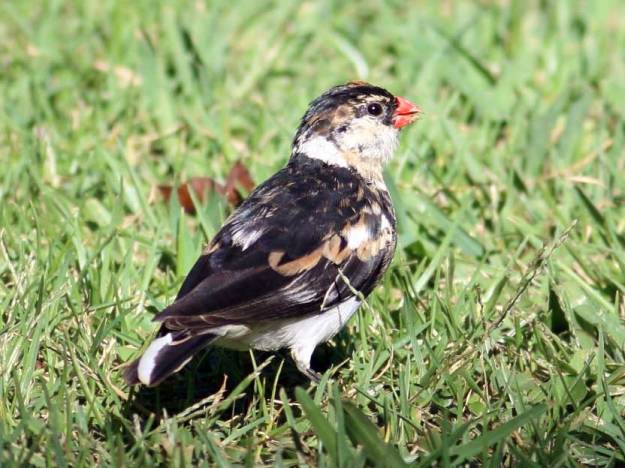
The Southern Red Bishops also looked much less assertive without their breeding colours and perching on the abundant weeds bordering the fields.
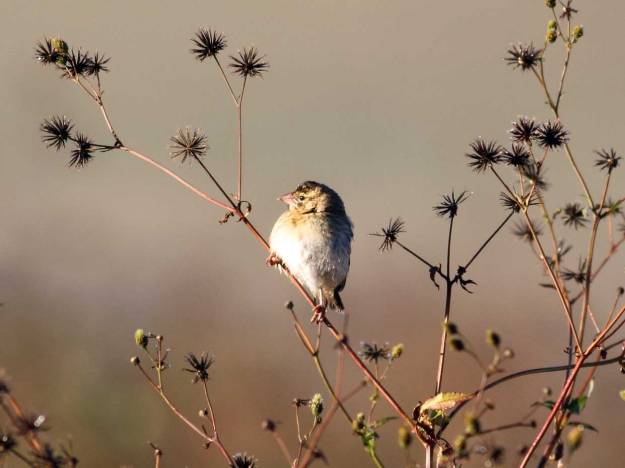
Strutting its stuff in the stubble remaining in the maize fields after harvesting was a Cape Crow
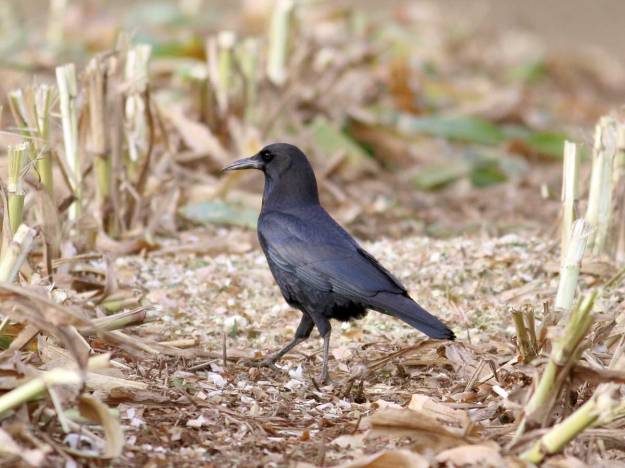
When I looked at my pictures of a Lanner Falcon, I was once again struck by the power and size of its eyes and claws in relation to the rest of the body
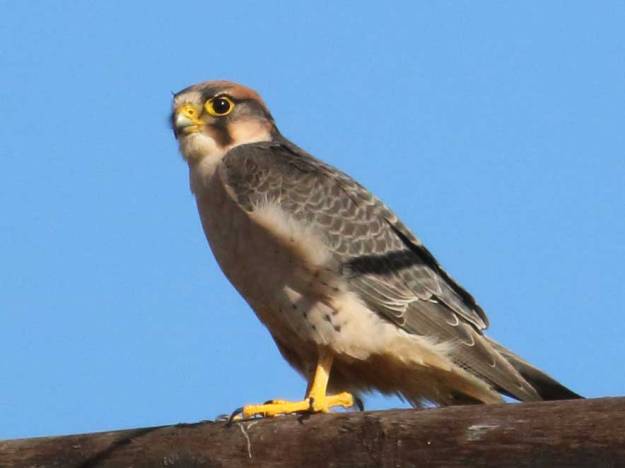
The atlas list for the Elandshoek pentad 2935_3000: African Darter, Red-collared Widowbird, Southern Red Bishop, Pied Crow, Greater Honeyguide, African Hoopoe, Red-necked Spurfowl, Pin-tailed Whydah, Cape Canary, Jackal Buzzard, African Spoonbill,
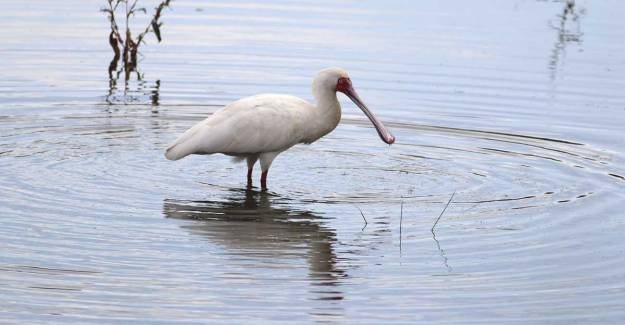
Cape White-eye, Black-headed Oriole, Common Waxbill, Common Moorhen, Cape Longclaw, Brown-throated Martin, Bokmakierie, Speckled Pigeon, Spectacled Weaver, African Wattled Lapwing, Barn Owl, Village Weaver, White-breasted Cormorant, Spur-winged Goose
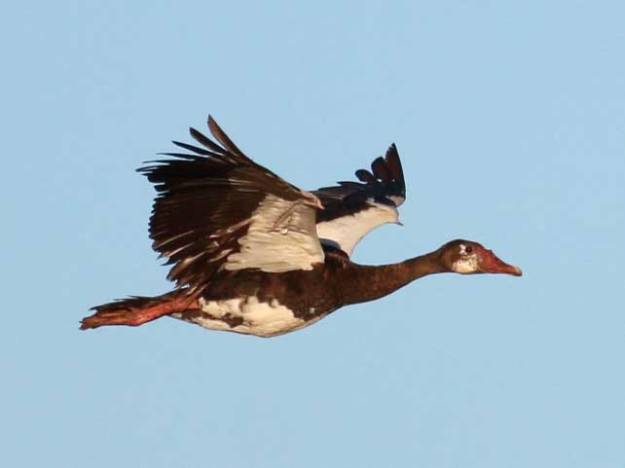
Yellow-fronted Canary, Red-chested Flufftail, Levaillant’s Cisticola, Long-crested Eagle, African Dusky Flycatcher, Black Saw-wing, House Sparrow, Cape Sparrow, Cape Wagtail, Olive Thrush, Greater Striped Swallow, Speckled Mousebird, Cape Crow, Blacksmith Lapwing, Reed Cormorant, South African Shelduck, Red-knobbed Coot (with a youngster in tow)
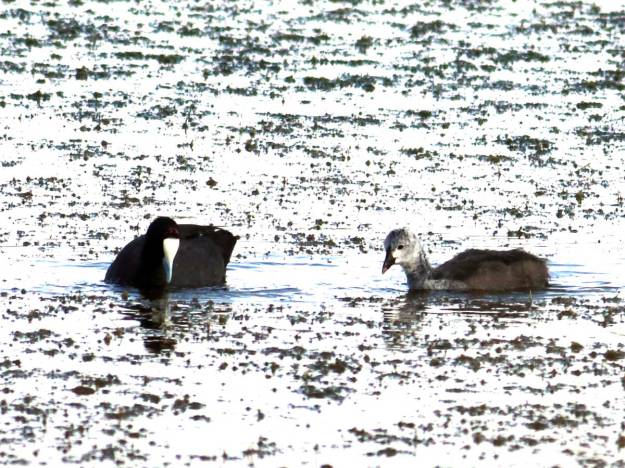
Pied Kingfisher, Drakensberg Prinia, Purple Heron,
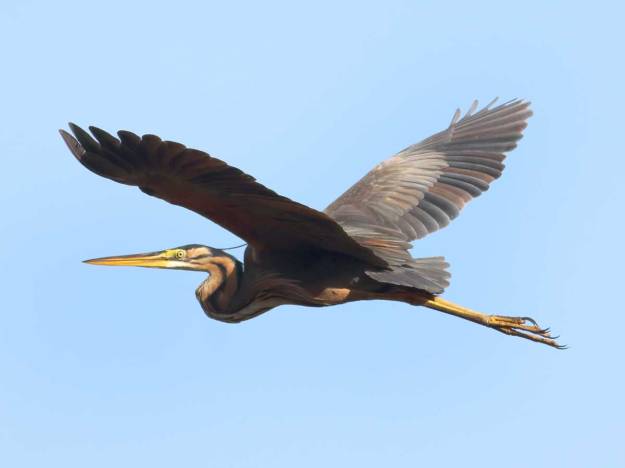
Black-headed Heron
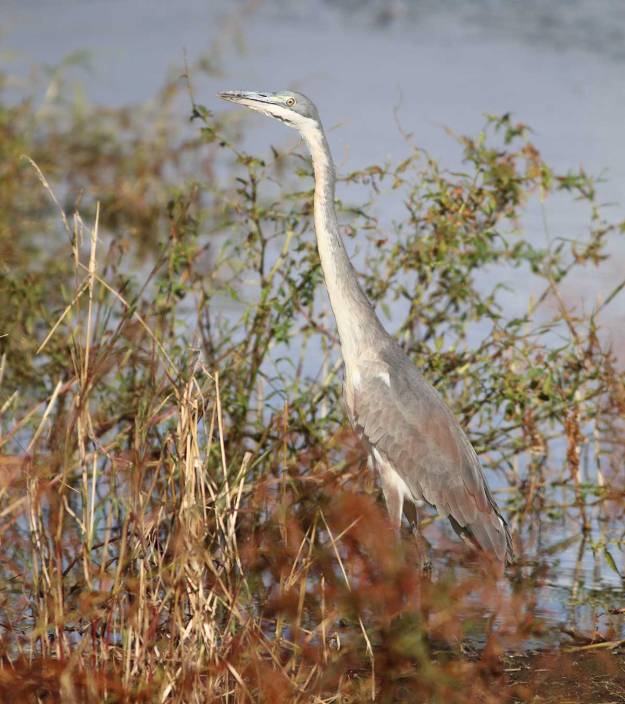
Yellow-billed Duck, Little Grebe

African Sacred Ibis, Fan-tailed Widowbird, Egyptian Goose, Hadeda Ibis, Common Fiscal, Lanner Falcon, Red-billed Quelea, Red-winged Starling, Amethyst Sunbird, Red-eyed Dove, Black-backed Puffback, Southern Boubou, Cape Robin-Chat
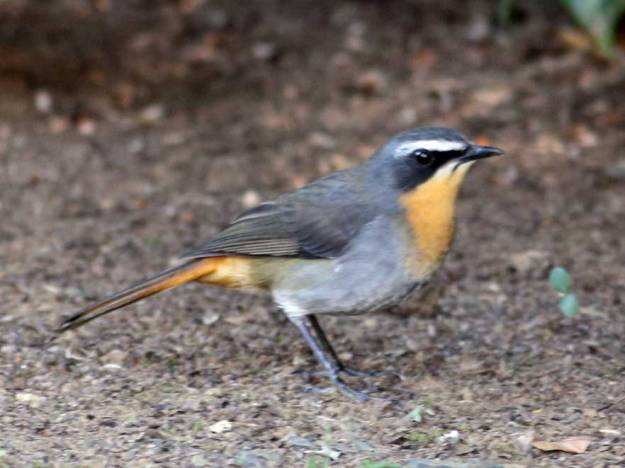
Sombre Greenbul, Southern Grey-headed Sparrow, Cape Turtle-dove, Fork-tailed Drongo, African Stonechat, Dark-capped Bulbul, Grey Crowned Crane – the juvenile at Gramarye is now flying strongly with its parents when they come home to roost at night.
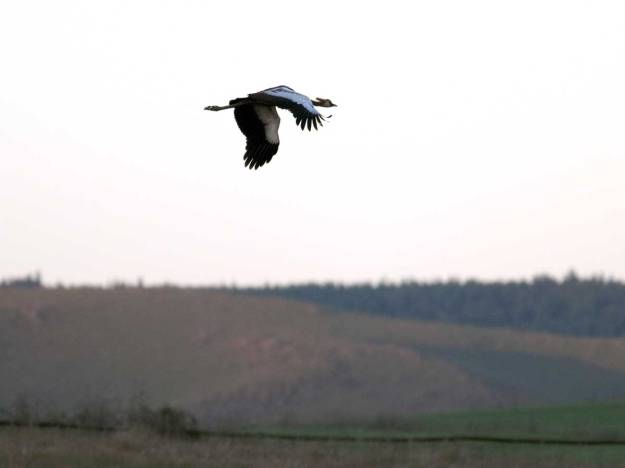
















I am so enjoying all the updates on this forum. Having settled in nicely on Connington farm near Rosetta, I am now also atlasing the area and have stirred a hornet’s nest with what could be a Yellow Canary near Hartford House
LikeLike
Beautiful!
LikeLike
Thank you Twane’ for your great complilation, so appreciated! Love your photos Crystelle, the winter plummage of birds is not often seen in photos! Christeen
LikeLike